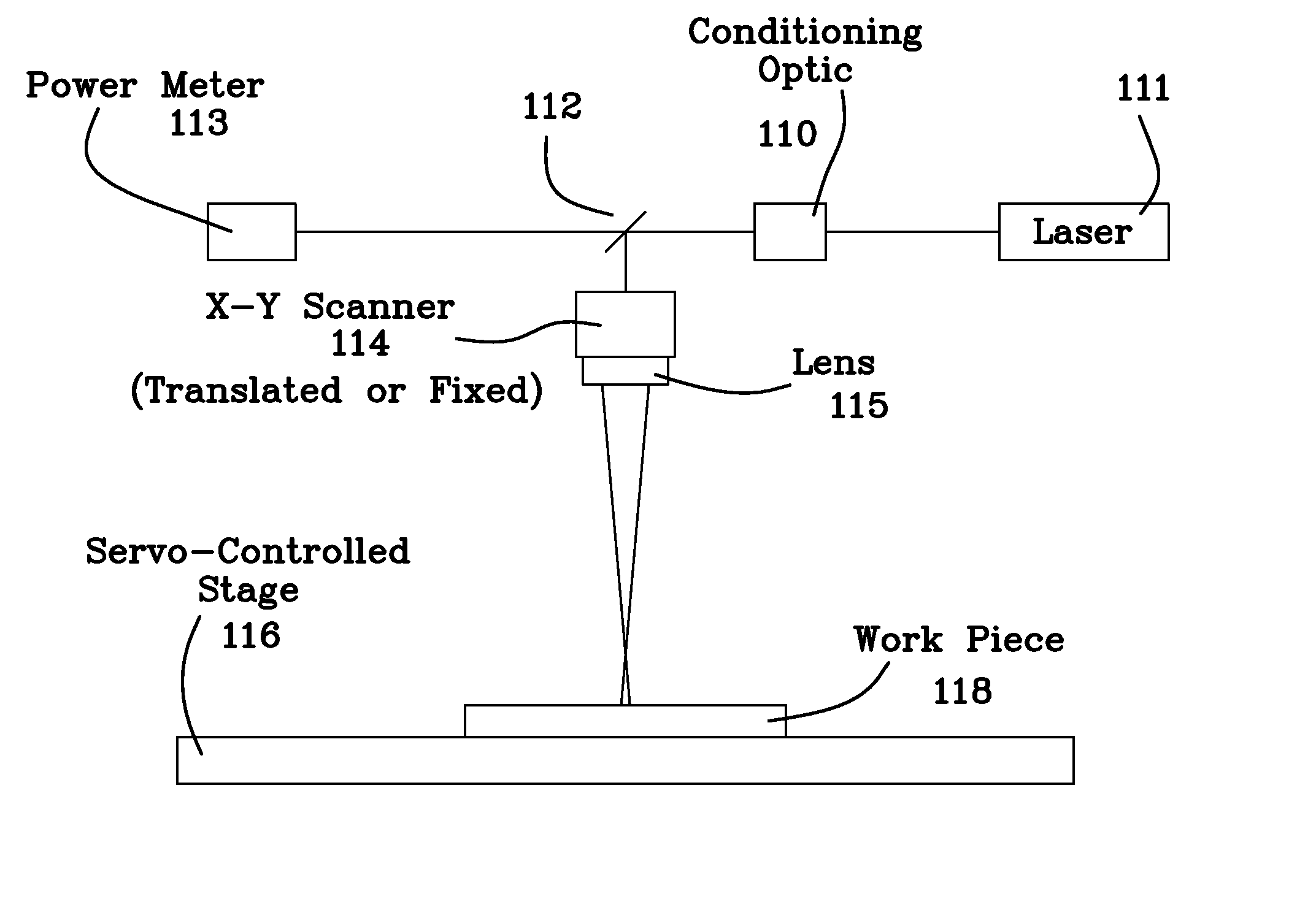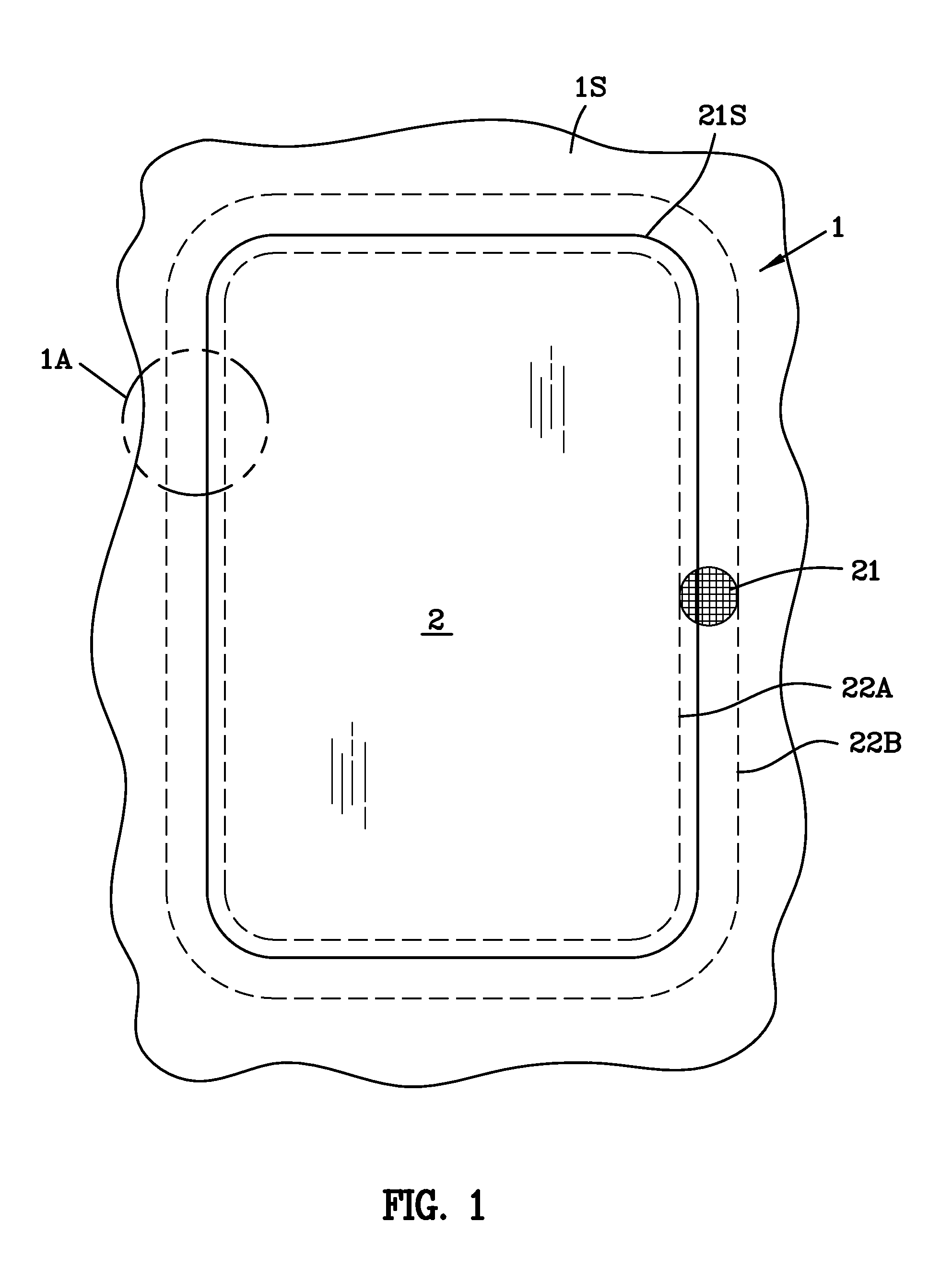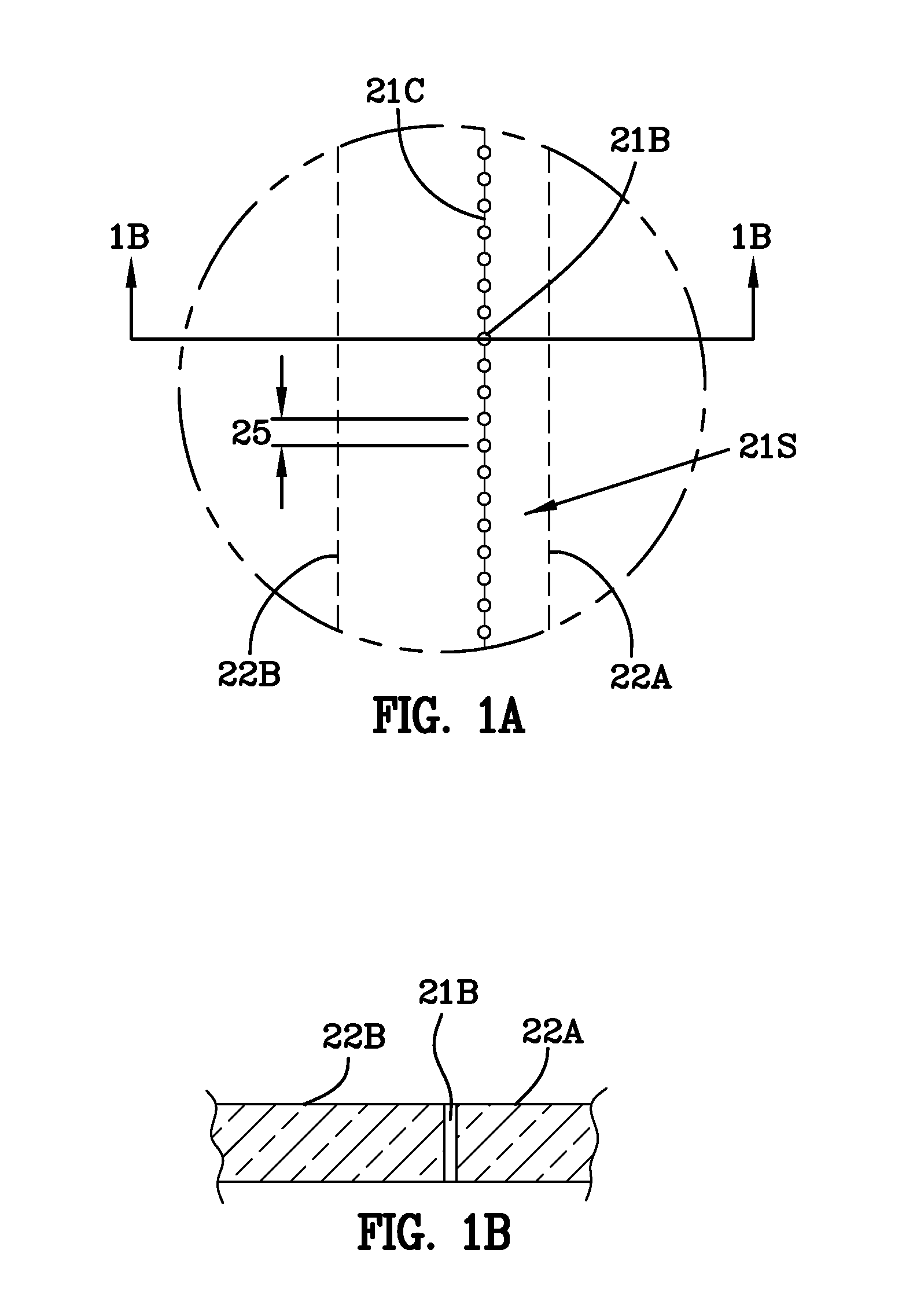Method of closed form release for brittle materials using burst ultrafast laser pulses
a technology of ultrafast laser pulses and closed forms, applied in glass making apparatus, manufacturing tools, welding/soldering/cutting articles, etc., can solve problems such as damaged/unusable released forms
- Summary
- Abstract
- Description
- Claims
- Application Information
AI Technical Summary
Benefits of technology
Problems solved by technology
Method used
Image
Examples
Embodiment Construction
[0032]Transparent materials especially, but not limited to the families of glass, are common substrates from which closed forms are cut. A common example would be the intricate closed form configuration in transparent material target and may be selected from the group consisting of transparent ceramics, polymers, transparent conductors, wide bandgap glasses, crystals, crystalline quartz, diamonds (natural or man-made), sapphire, rare earth formulations, metal oxides for displays and amorphous oxides in polished or unpolished condition with or without coatings, and meant to cover any of the geometric configurations thereof such as but not limited to plates and wafers. The substrate may comprise two or more layers wherein a location of a beam focus of the focused laser beam is selected to generate filament arrays within at least one of the two or more layers. The multilayer substrate may comprise multi-layer flat panel display glass, such as a liquid crystal display (LCD), flat panel ...
PUM
| Property | Measurement | Unit |
|---|---|---|
| Length | aaaaa | aaaaa |
| Length | aaaaa | aaaaa |
| Length | aaaaa | aaaaa |
Abstract
Description
Claims
Application Information
 Login to View More
Login to View More - R&D
- Intellectual Property
- Life Sciences
- Materials
- Tech Scout
- Unparalleled Data Quality
- Higher Quality Content
- 60% Fewer Hallucinations
Browse by: Latest US Patents, China's latest patents, Technical Efficacy Thesaurus, Application Domain, Technology Topic, Popular Technical Reports.
© 2025 PatSnap. All rights reserved.Legal|Privacy policy|Modern Slavery Act Transparency Statement|Sitemap|About US| Contact US: help@patsnap.com



